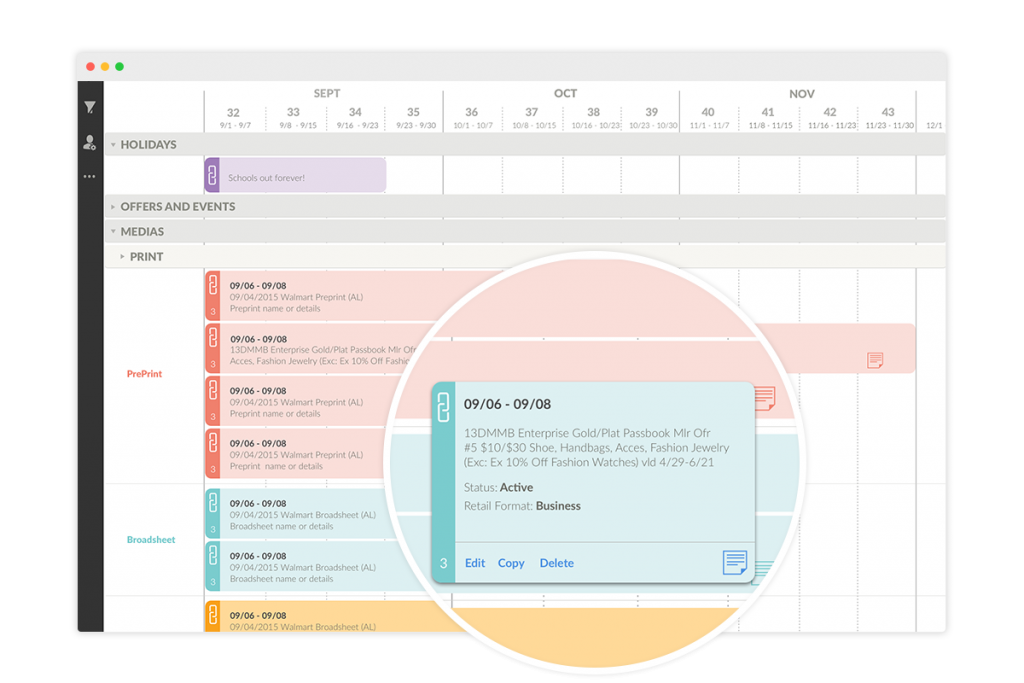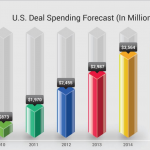Running a marketing campaign is a bit like plate-spinning, there are lots of different things to keep your eye on all at the same time, and if you don’t keep up, it can all come tumbling down.
Using marketing calendars that are specifically designed for the task of allowing you to see just what is going on at any one time, is one effective way of keeping all of those plates spinning, and there are other ways to consider that will help your campaign to stay on track.

Are you one of the smart ones?
When the Content Marketing Institute carried out a survey amongst its members recently, it was probably not expecting to discover that only just over 30 percent of respondents confirmed that they have a documented content strategy.
Having a strategy is one thing, but not having it documented in any way, would seem to suggest that there are a fair number of organizations who are running some campaigns with their fingers crossed and hoping that everything goes to plan.
The internet and the concept of content marketing have been bedfellows for long enough to suggest that simply putting content out there via the internet and seeing how much of it sticks, is hardly a forward-thinking strategy and barely constitutes a plan, when you considered the options that are now freely available to those smart enough to take advantage of them.
Fail to plan
The old business adage of if you fail to plan, you plan to fail, does seem somewhat appropriate if you are just forging ahead without any sort of documented plan.
Fair enough, a good number of marketers will have a strategy that they are working to, or at least you would hope that was the case, but when you consider how many components that there are that all need to fit together to make most plans work well, it does seem like you are handicapping yourself unnecessarily if you don’t have a documented plan.
There are numerous different scenarios to consider when putting together a content marketing plan, and one of the best ways putting it all together and seeing how it is all panning-out, is surely through the idea of putting the plan in content marketing.
How to document your strategy
An in-depth knowledge of your target audience is a good starting point and one of the first steps towards creating a successful content strategy.
The second aspect to consider is how to map content to the buyer’s journey. This is where documenting your plan really comes into play, as you can lay all the data out in front of you and build a much clearer picture of the various buyer stages that you need to capture.
Documenting your strategy will also help you to bring your campaign funnel to life and see how your marketing goals align with your various stages of activity.
Operating a blogging editorial calendar is also a great way of keeping your marketing team on track, and you will soon discover that it can be a vital content production management tool, to such an extent that you will probably wonder how you managed without it before.
Zak Mason has always worked in the marketing industry, being a brand manager for many years. Now setting up his very own business he is also sharing his knowledge of the best ways to go about marketing and branding yourself.



